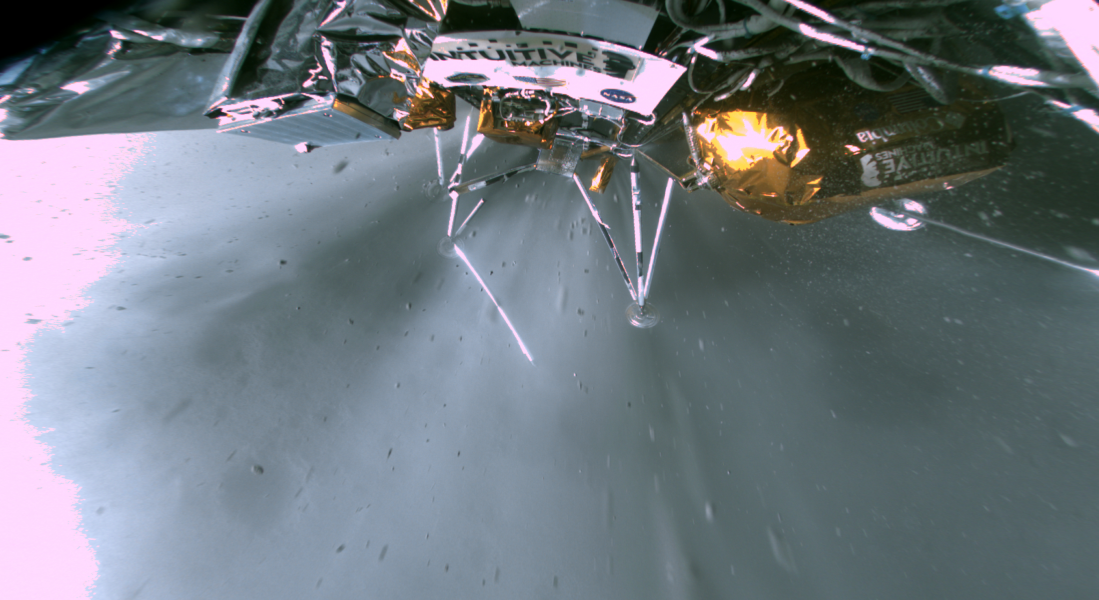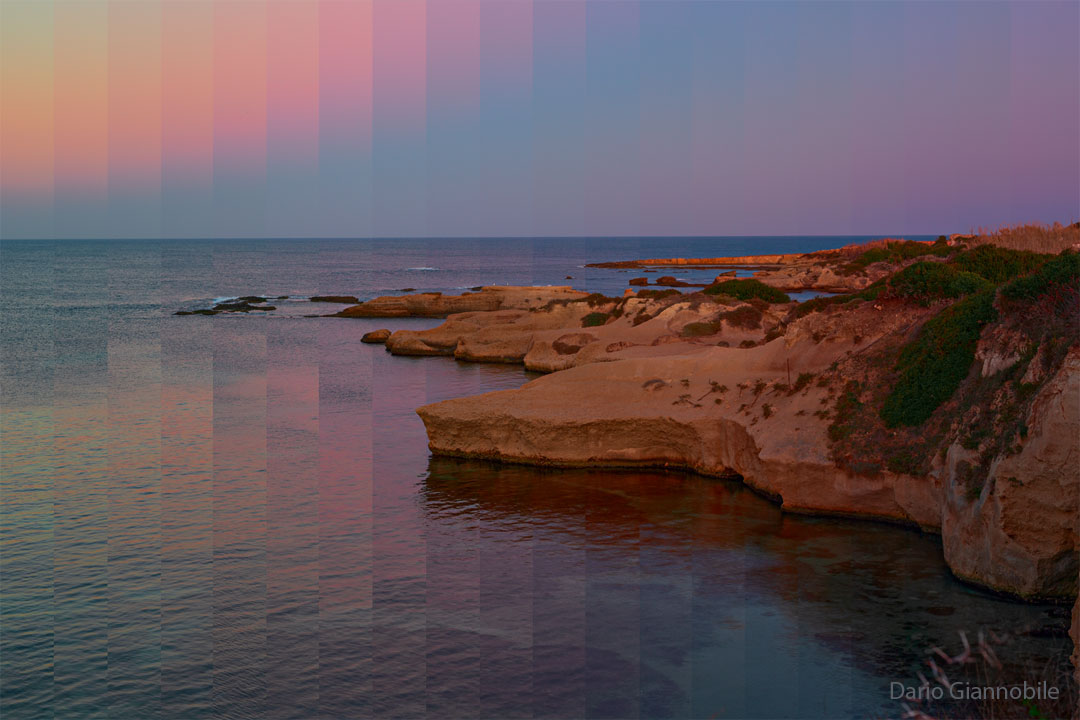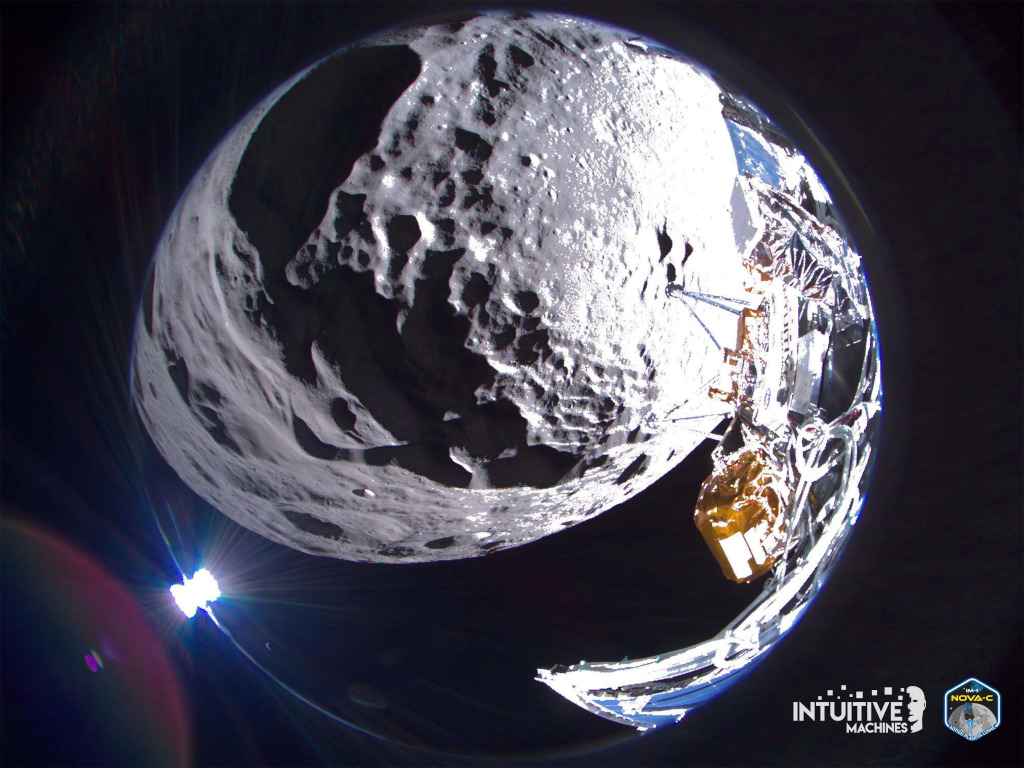안녕하세요, 잡학다식 입니다. 오늘은 과연 나사에서 어떤 방식으로 우주의 형상을 표현해 줄까요?
우선 이미지부터 볼 수 있도록 하겠습니다

해당 사진의 이름은 Light Pillars Over Inner Mongolia 인데요 우선 NASA에서 공식적으로 발표한 설명들을 확인해 보겠습니다
What's happening across that field? Pictured here are not auroras but nearby light pillars, a phenomenon typically much closer. In most places on Earth, a lucky viewer can see a Sun pillar, a column of light appearing to extend up from the Sun caused by flat fluttering ice-crystals reflecting sunlight from the upper atmosphere. Usually, these ice crystals evaporate before reaching the ground. During freezing temperatures, however, flat fluttering ice crystals may form near the ground in a form of light snow sometimes known as a crystal fog. These ice crystals may then reflect ground lights in columns not unlike a Sun pillar. The featured image was taken last month across the Wulan Butong Grasslands in Inner Mongolia, China.
이번에도 광활한 우주 앞에 인간이 얼마나 작은 존재인지 다시 한번 알게 되는것 같습니다
저는 내일도 더 좋은 사진과 함께 돌아오겠습니다, 그럼 행목한 하루 되시길 바랍니다
'과학상식' 카테고리의 다른 글
| NASA 나사의 오늘의 이미지들 (2024-03-03) (0) | 2024.03.04 |
|---|---|
| NASA 나사의 오늘의 이미지들 (2024-03-02) (0) | 2024.03.03 |
| NASA 나사의 오늘의 이미지들 (2024-03-01) (0) | 2024.03.02 |
| NASA 나사의 오늘의 이미지들 (2024-02-29) (0) | 2024.03.01 |
| NASA 나사의 오늘의 이미지들 (2024-02-28) (0) | 2024.02.29 |





